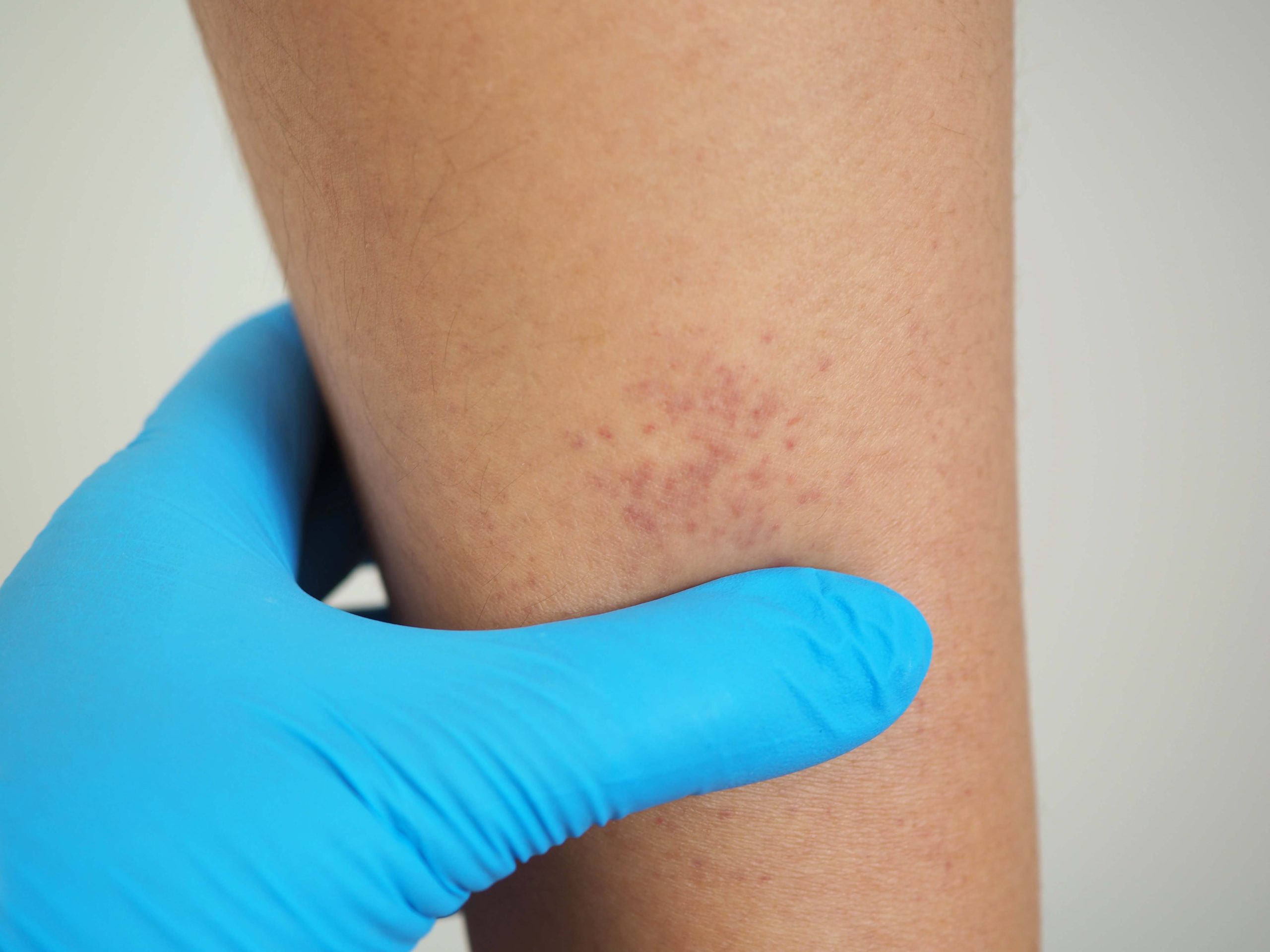
Researchers, led by Indraraj Umesh Doobaree, sought to describe the incidence and trends over time of adult primary immune thrombocytopenia (ITP) in England. According to their report, published in the European Journal of Haematology, the incidence of primary ITP is rising, with “sharp increases” seen in young women and elderly men.
The investigators identified a total of 25,805 patients with primary ITP in NHS digital inpatient and outpatient data using ICD 10 codes. The incidence rate (IR) was estimated for age groups, sex, and regions, and changes in IR over time were defined with average annual percent change (AAPC).
Between 2003 and 2014, the IR increased from 4.2/100,000 to 6.4/100,000, representing an AAPC of 4.3%. The investigators noted that IRs increased significantly over time for all sex-specific age groups, except for males aged 18 to 29 years. Females aged 30 to 39 had the greatest increased (AAPC 8.7%). Conversely, for ages 70 years and above, males had a higher IR for ITP—with the highest IR seen in males aged ≥80 years, at 23.9/100,000. Regionally, London and East Midlands had the highest IR (6.5/100,000).
From 2010 to 2014, the average annual IR was 6.1/100,000. The authors estimated that 2.5/100,000 would have required first-line treatment while 2.4/100,00 would have required first- and second-line treatments within six months of diagnosis.
In closing, the authors felt that their results “put in context the impact of ITP on patients’ lives and the healthcare services in England, especially with 17 to 50% who may develop chronic ITP and require long-term care.”







 © 2025 Mashup Media, LLC, a Formedics Property. All Rights Reserved.
© 2025 Mashup Media, LLC, a Formedics Property. All Rights Reserved.